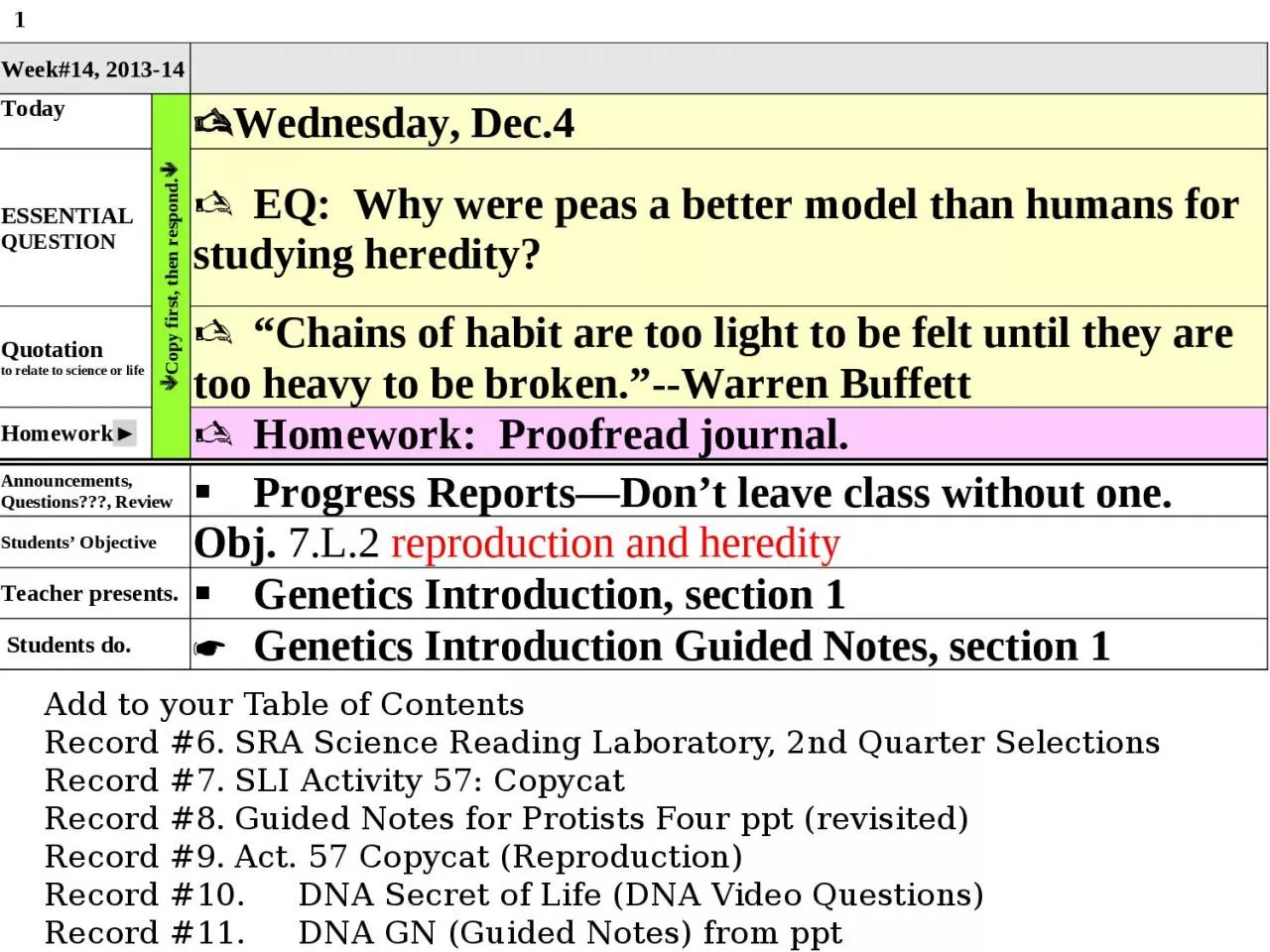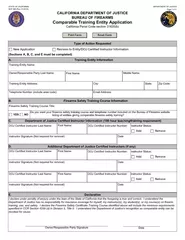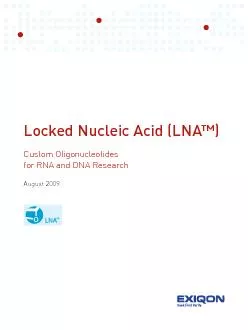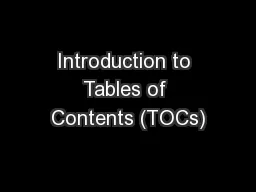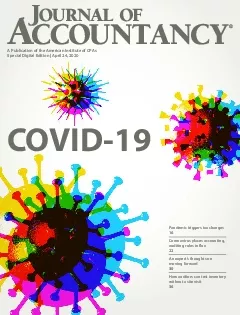PPT-Add to your Table of Contents
Author : isla | Published Date : 2024-01-13
Record 6 SRA Science Reading Laboratory 2nd Quarter Selections Record 7 SLI Activity 57 Copycat Record 8 Guided Notes for Protists Four ppt revisited Record 9 Act
Presentation Embed Code
Download Presentation
Download Presentation The PPT/PDF document "Add to your Table of Contents" is the property of its rightful owner. Permission is granted to download and print the materials on this website for personal, non-commercial use only, and to display it on your personal computer provided you do not modify the materials and that you retain all copyright notices contained in the materials. By downloading content from our website, you accept the terms of this agreement.
Add to your Table of Contents: Transcript
Download Rules Of Document
"Add to your Table of Contents"The content belongs to its owner. You may download and print it for personal use, without modification, and keep all copyright notices. By downloading, you agree to these terms.
Related Documents

